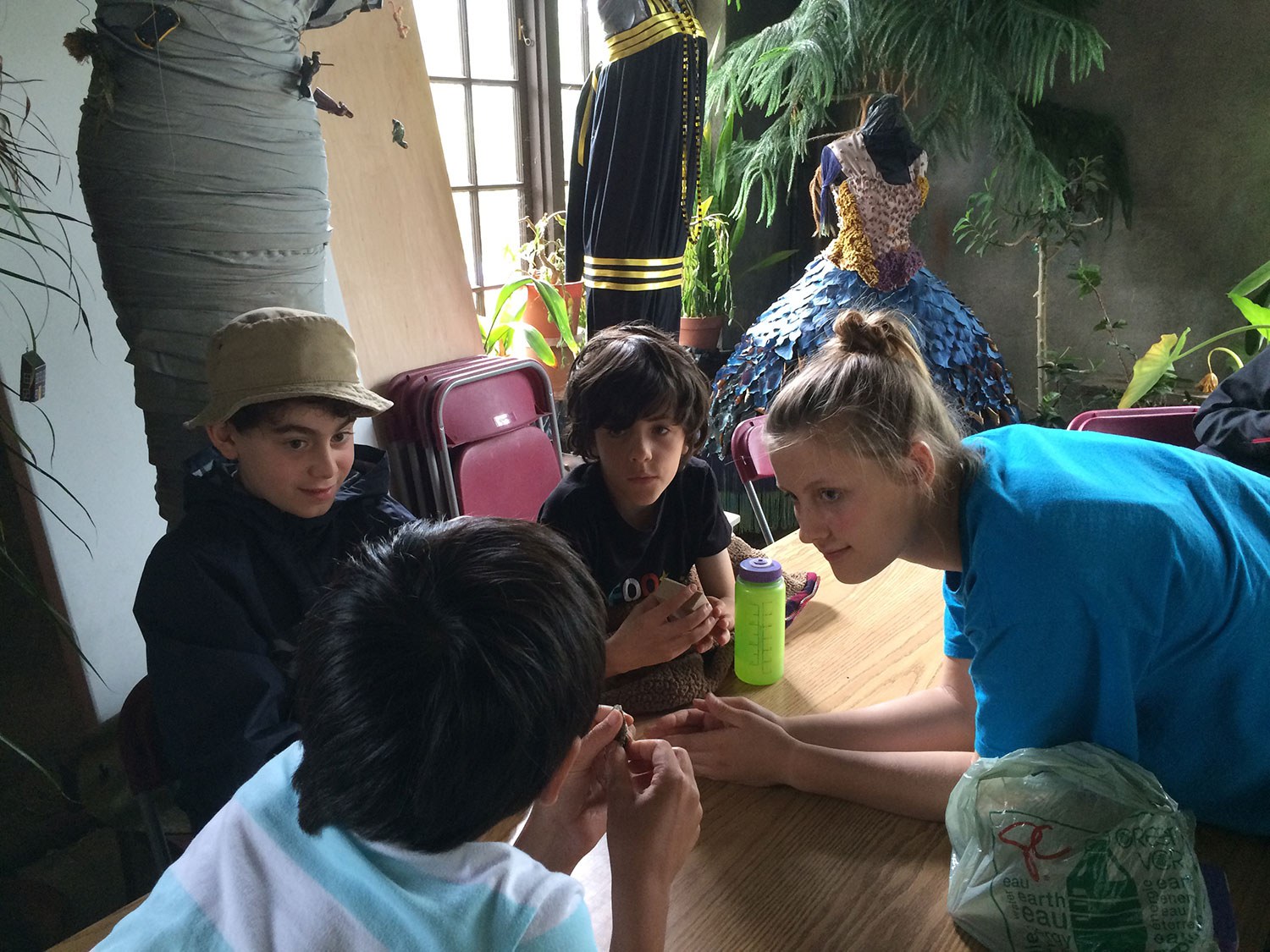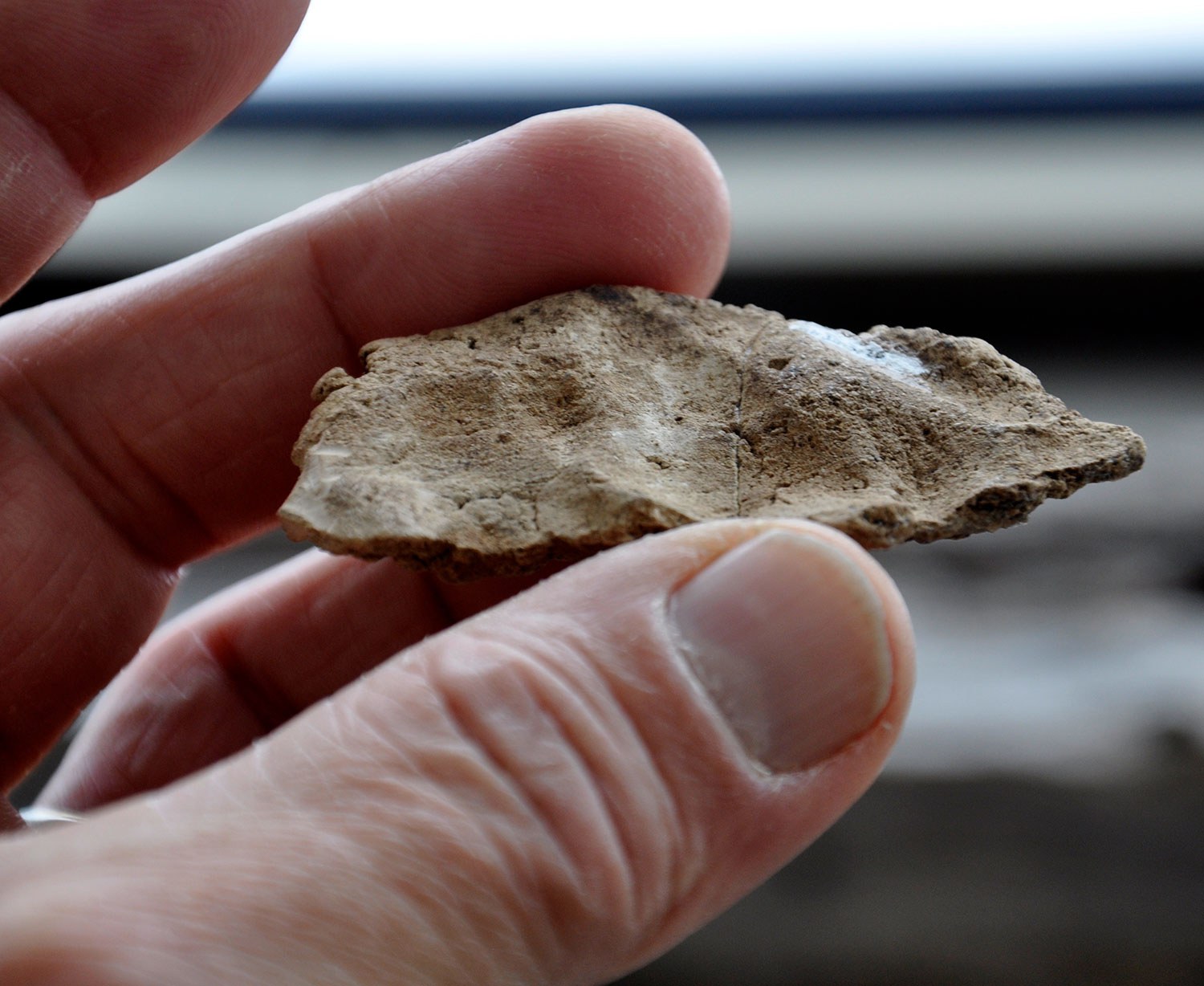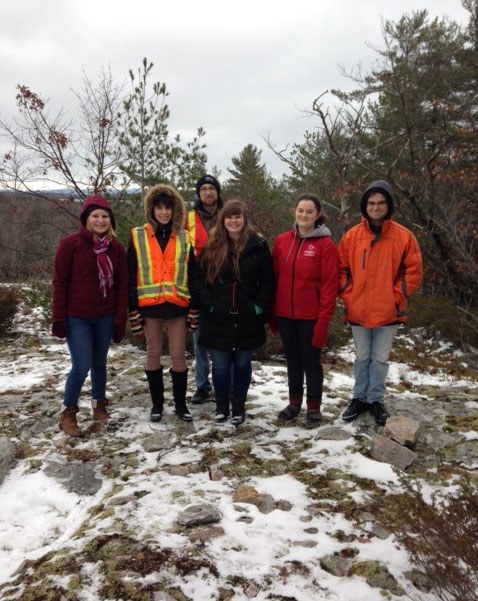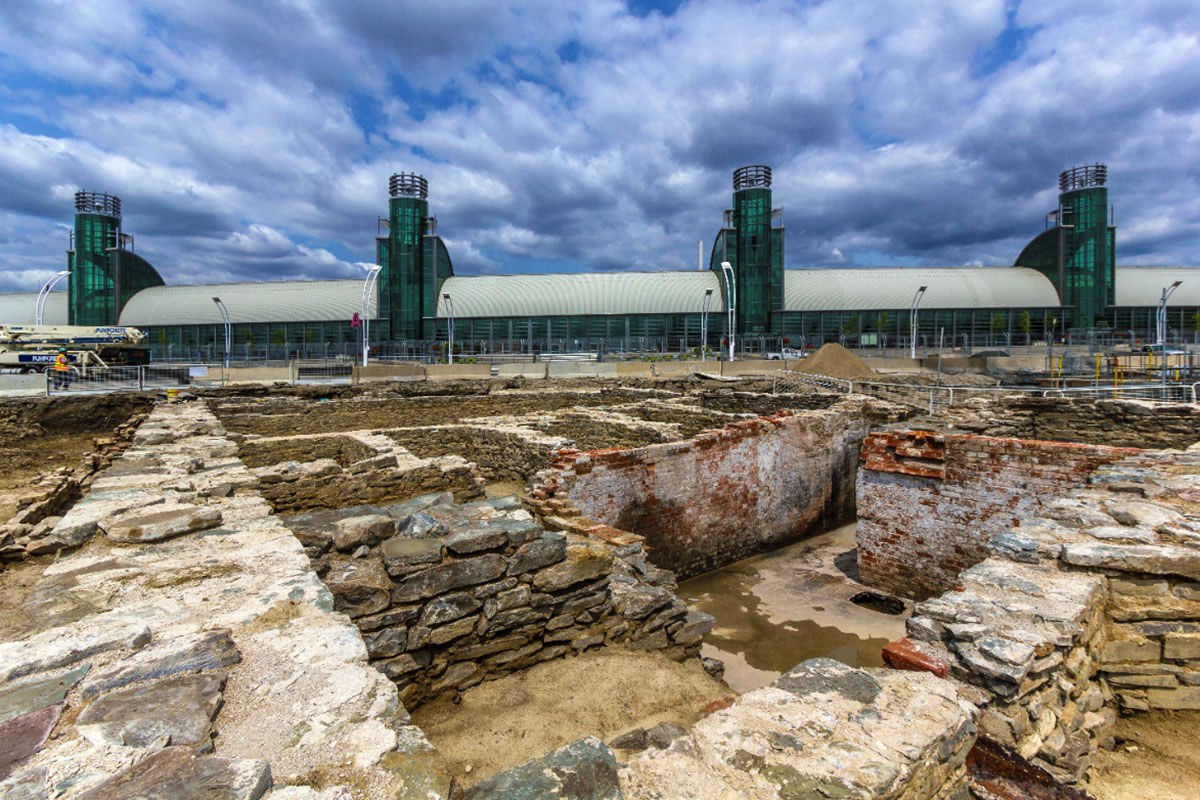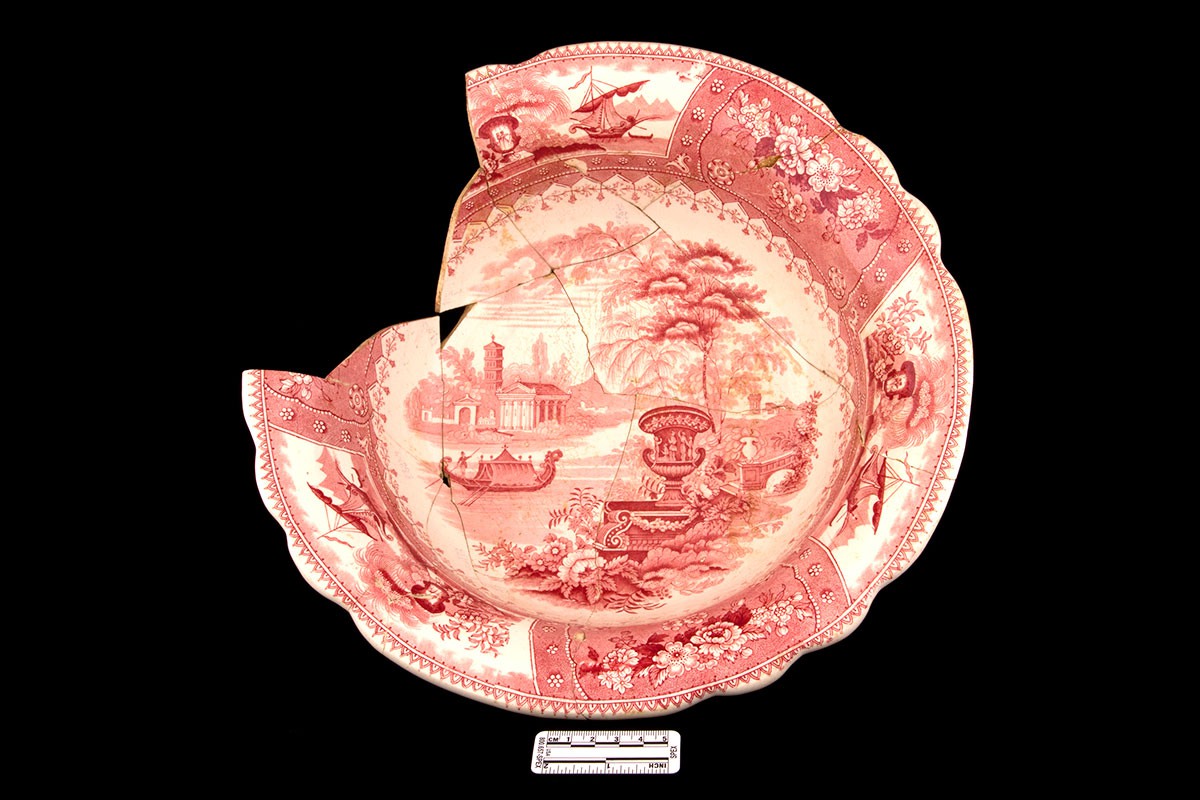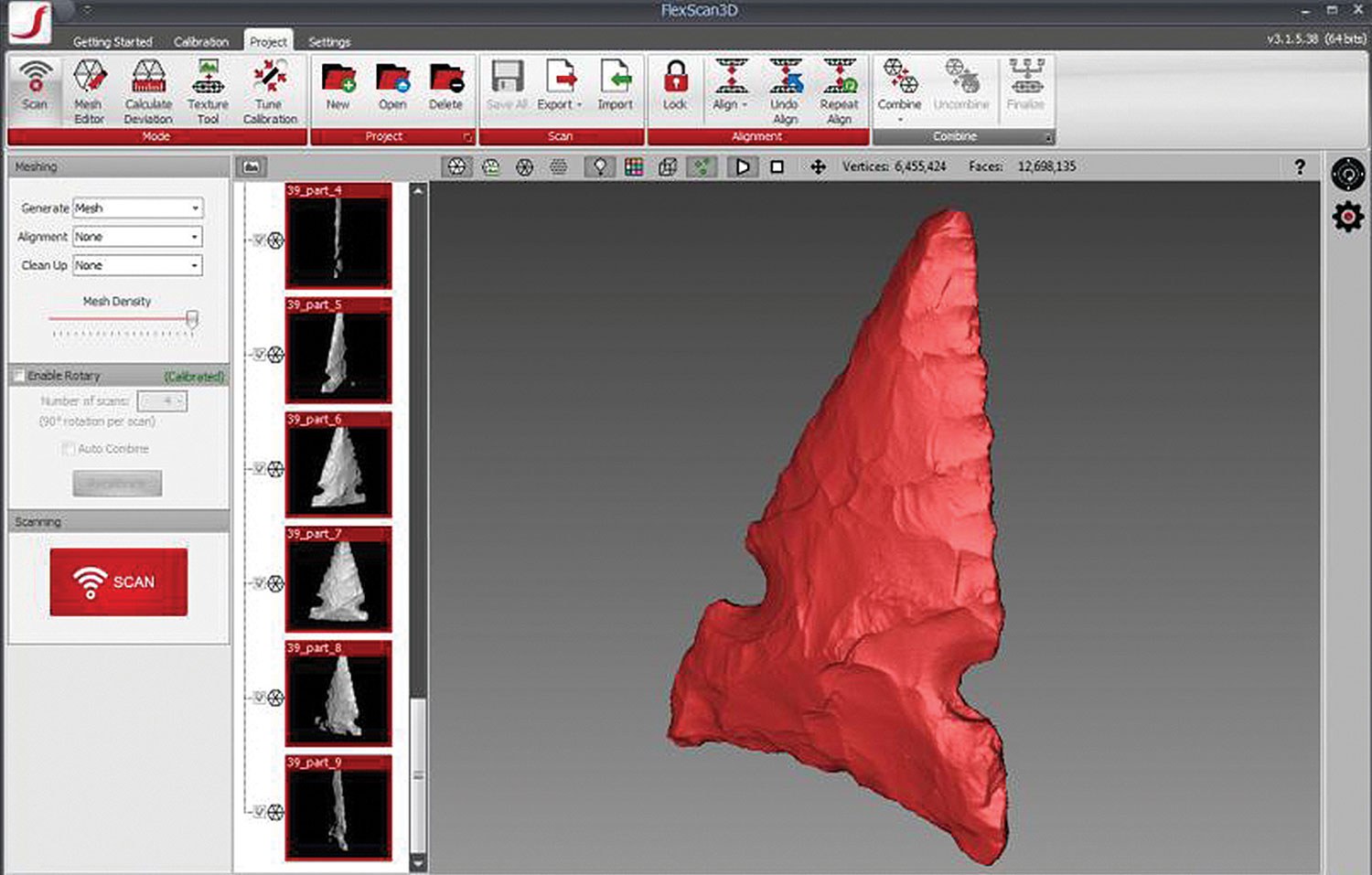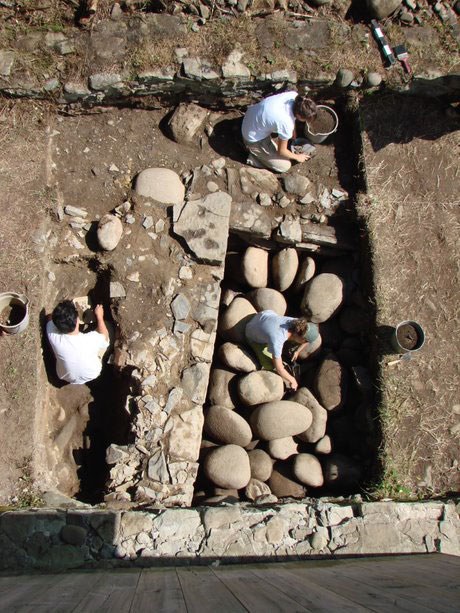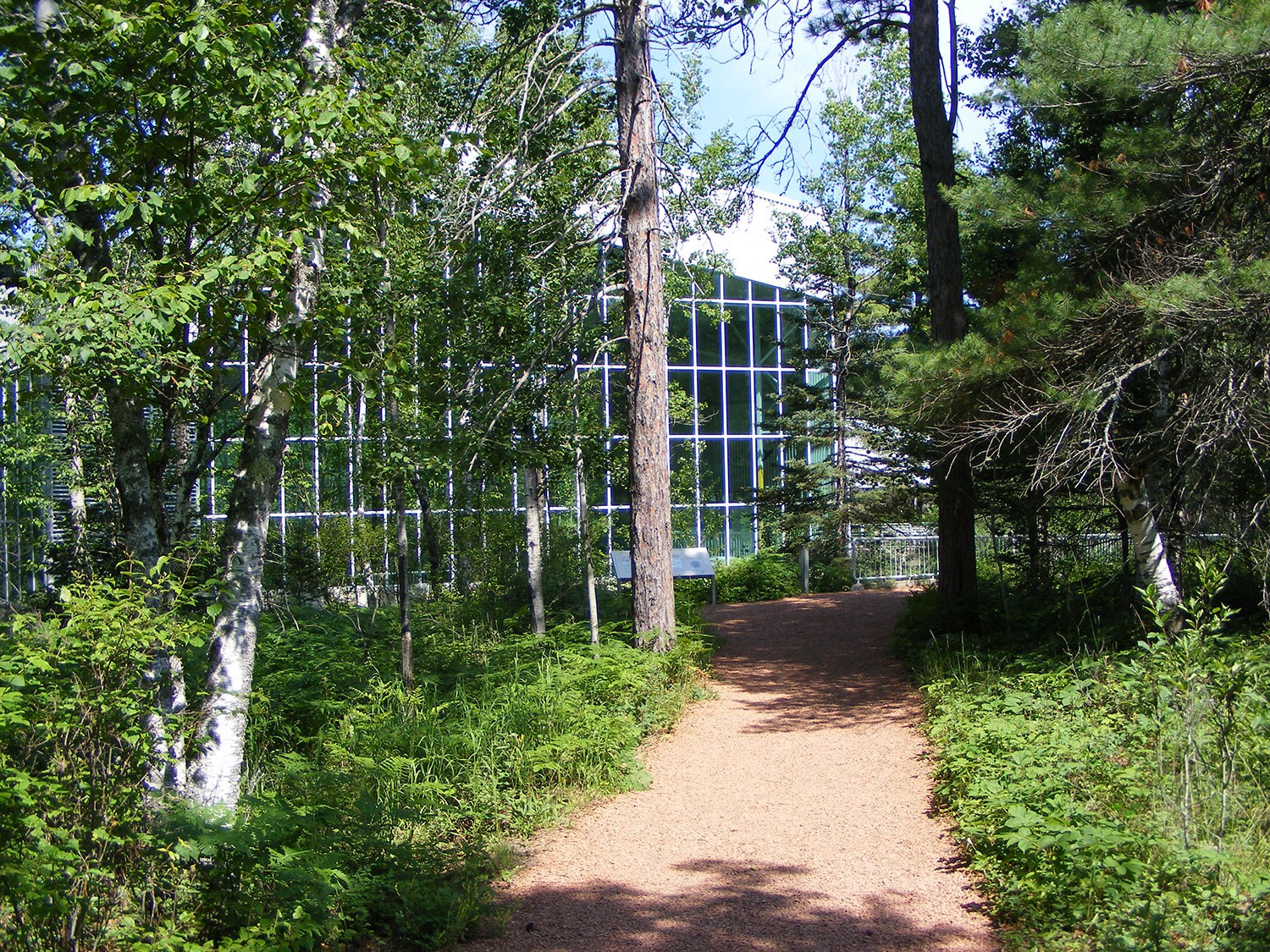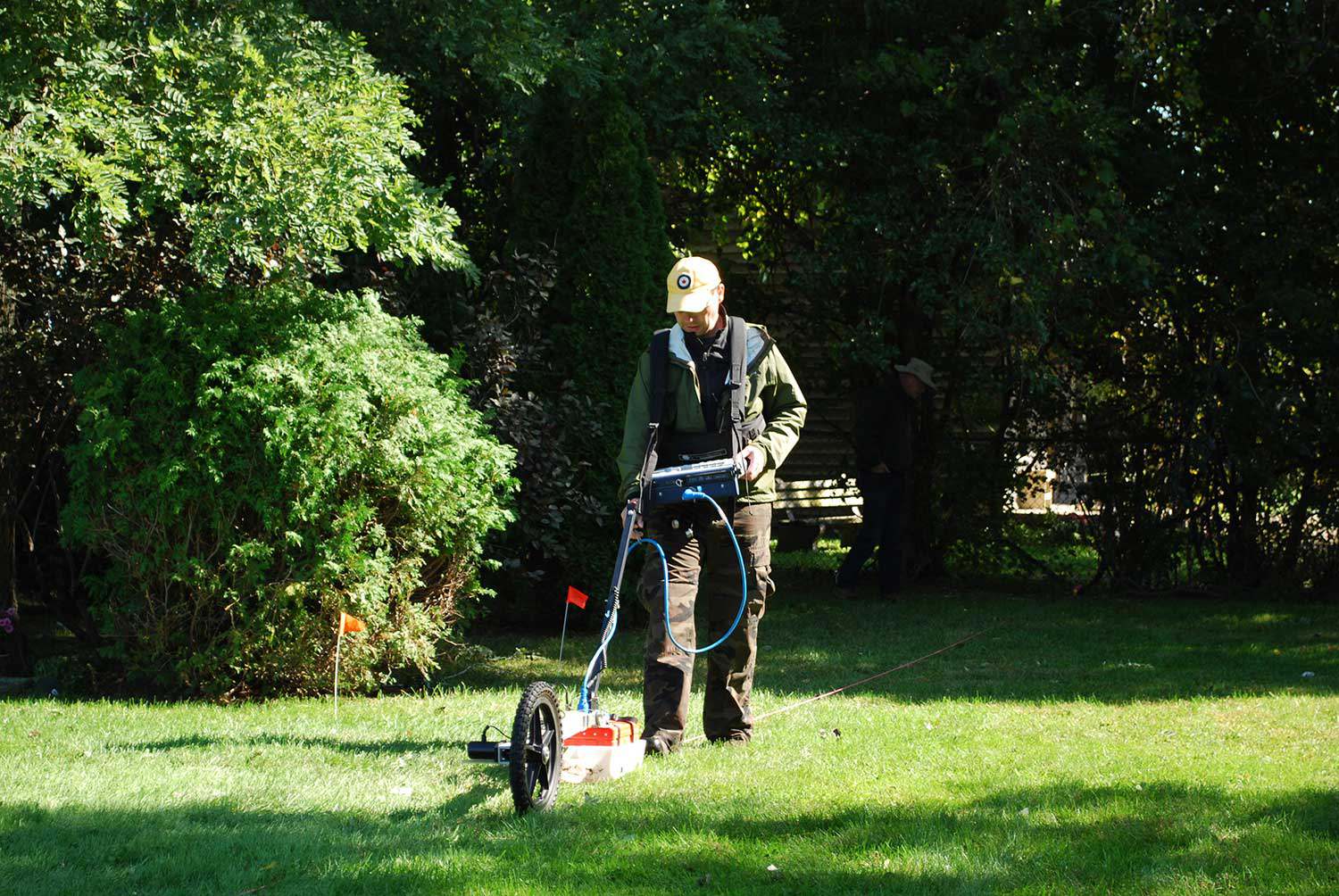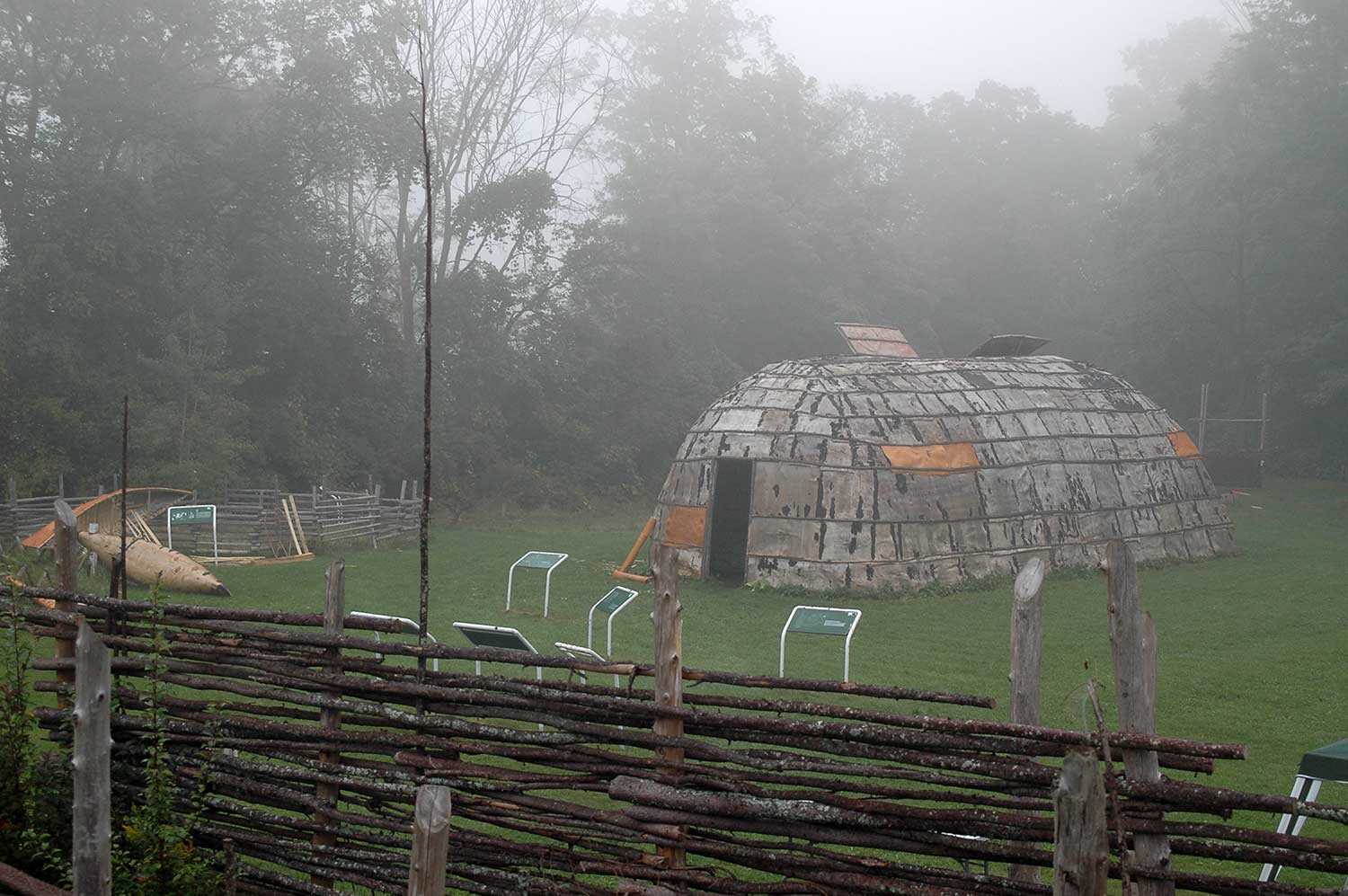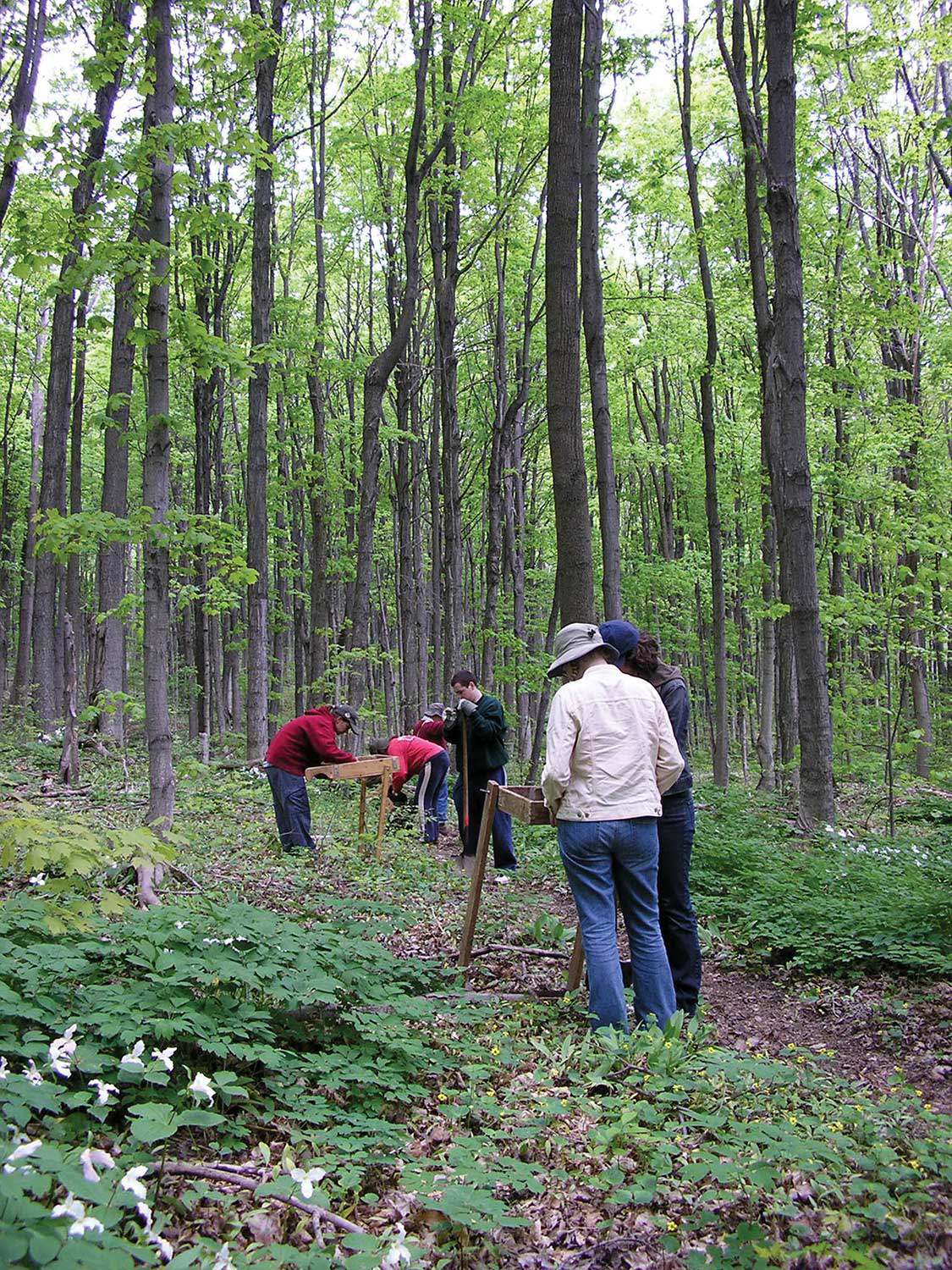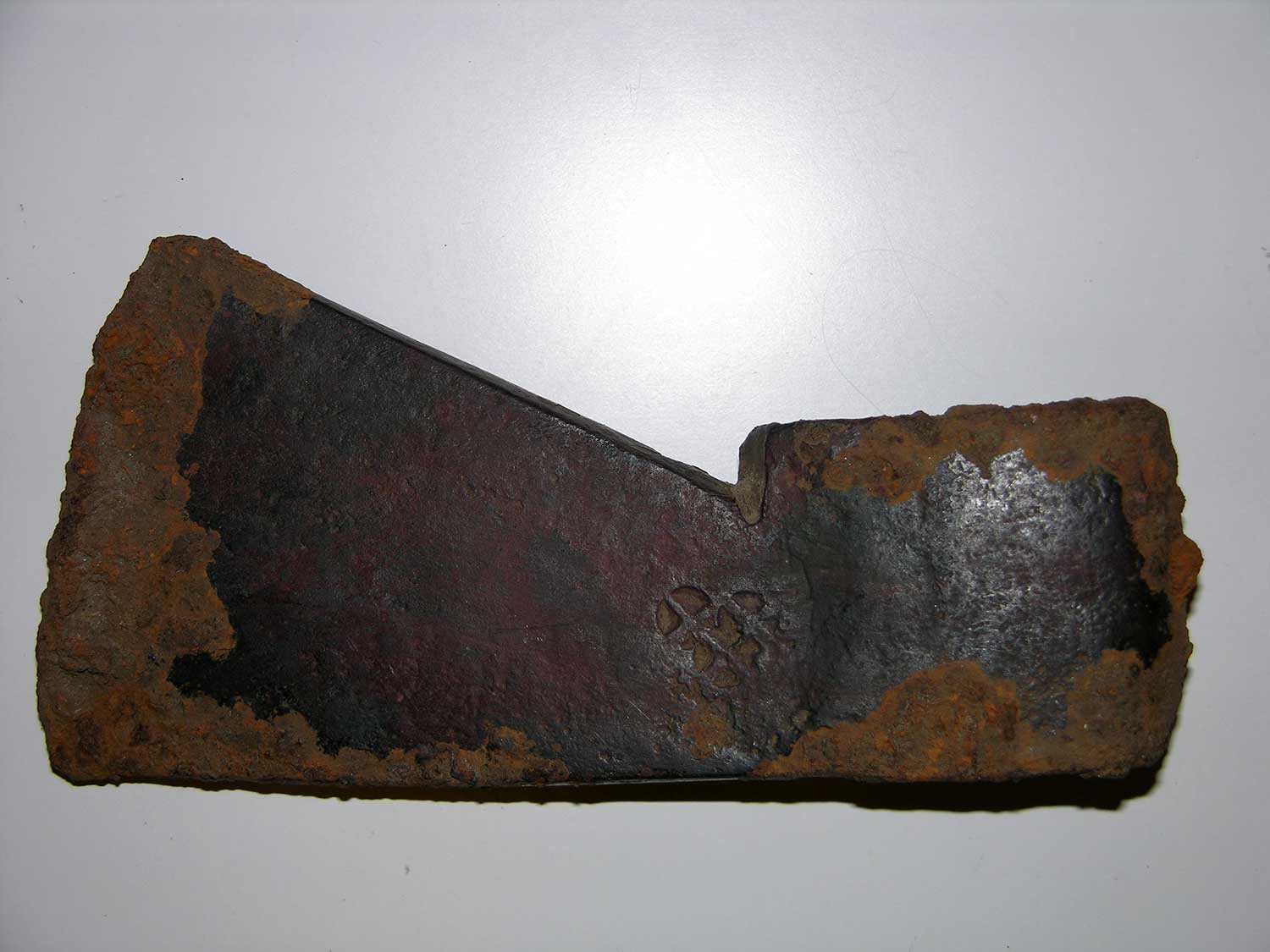

Browse by category
- Adaptive reuse
- Archaeology
- Arts and creativity
- Black heritage
- Buildings and architecture
- Communication
- Community
- Cultural landscapes
- Cultural objects
- Design
- Economics of heritage
- Environment
- Expanding the narrative
- Food
- Francophone heritage
- Indigenous heritage
- Intangible heritage
- Medical heritage
- Military heritage
- MyOntario
- Natural heritage
- Sport heritage
- Tools for conservation
- Women's heritage
Breaking ground
On a July morning in 2010, an 11-year-old girl arrived at Toronto’s Spadina House. Excited and only slightly scared, she wondered what the next two weeks would bring. Little did she know that attending archaeology summer camp would transform her. That little girl is me. And since then, I’ve attended the Spadina Archaeology camp for four years in a row and volunteered for two more.
Spadina House is a precious historical building in the heart of Toronto. While the house – with its period rooms filled with beautiful furnishings – is spectacular, the gorgeous grounds beg to be explored. Each day, archaeology camp participants would spend four hours digging, interspersed with lessons, fieldtrips, cleaning and bagging artifacts. This year, campers found numerous artifacts, including a Union Jack pin, a pet identification tag and a piece of blue edgeware ceramic. Learning in such a tactile way has always been engaging.
While volunteering this year, I organized a game where campers would create stories based on groupings of everyday objects. This happened naturally during the dig when campers imagined what the excavation site used to be. I wanted to encourage this type of thinking, as this is what archaeologists work toward: reconstructing the past. We had some good laughs and it helped me think of archaeology in terms of imaginative problem solving.
This past August, I also participated in the Boyd Archaeological Field School at Pickering’s Claremont Conservation Centre. It is an intense two-and-a-half-weeklong high school credit course (offered through the Toronto and Region Conservation Authority), where we excavated a First Nations settlement. The days were spent at the dig, with lectures and activities in the evenings.
I always anticipated the “archaic skills” workshop, where we would create traditional tools – fish nets, woven baskets and spear-throwers. Excavating an aboriginal site is important because its represents a significant part of Canada’s heritage.
When I first attended the Spadina archaeology camp five years ago, I didn’t necessarily have the intention of returning, let alone considering archaeology as a career path. I thought I had always wanted to be an author and illustrator. But I’ve come to realize that creating a story plot is like figuring out how our ancestors once lived. Whether or not I pursue archaeology as a career, I know that this experience will forever remain a part of me. And in the end, what’s more fun than digging holes in the ground and getting caked in dirt while looking for buried treasure?

